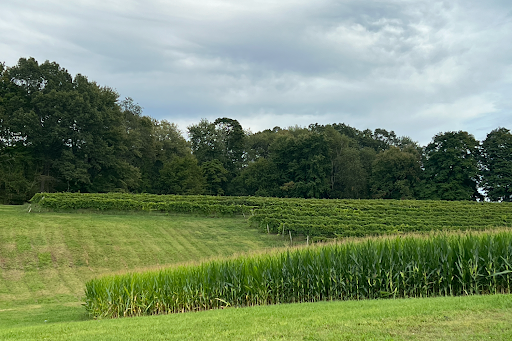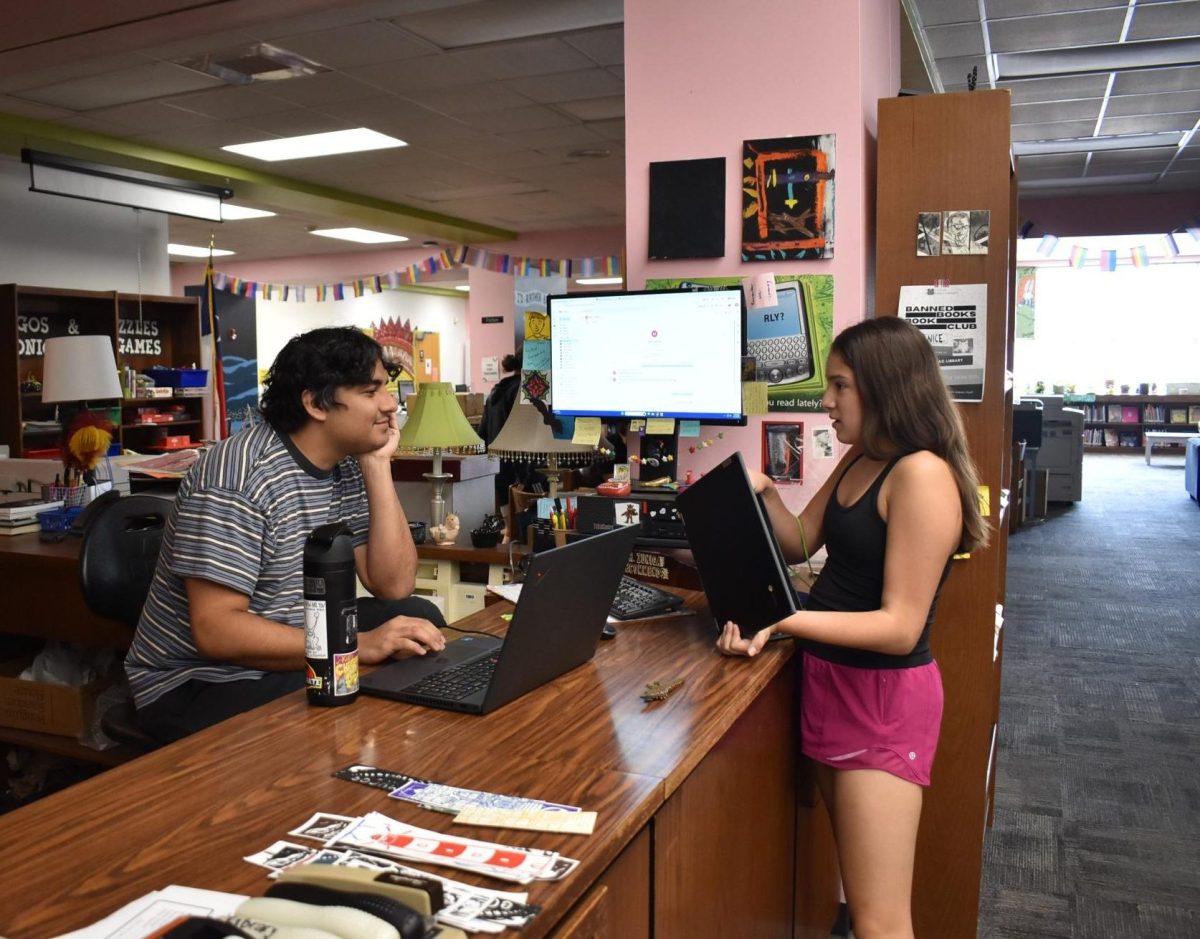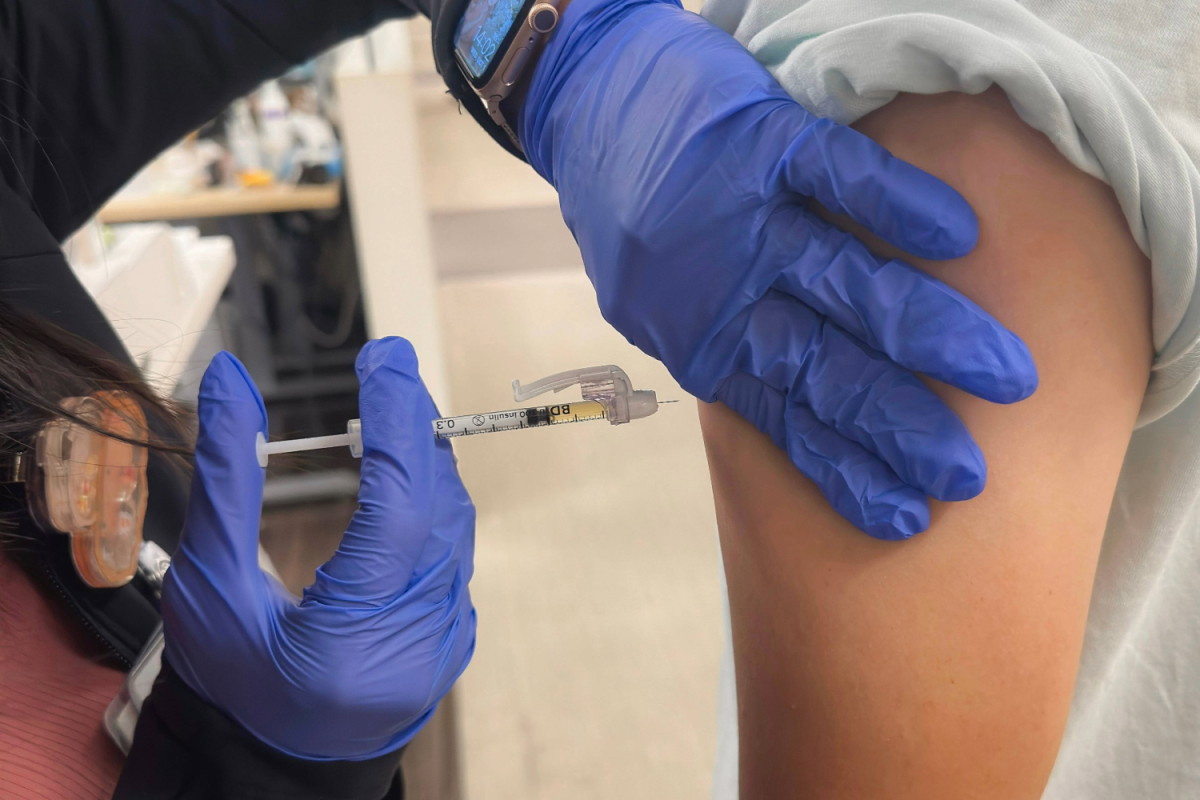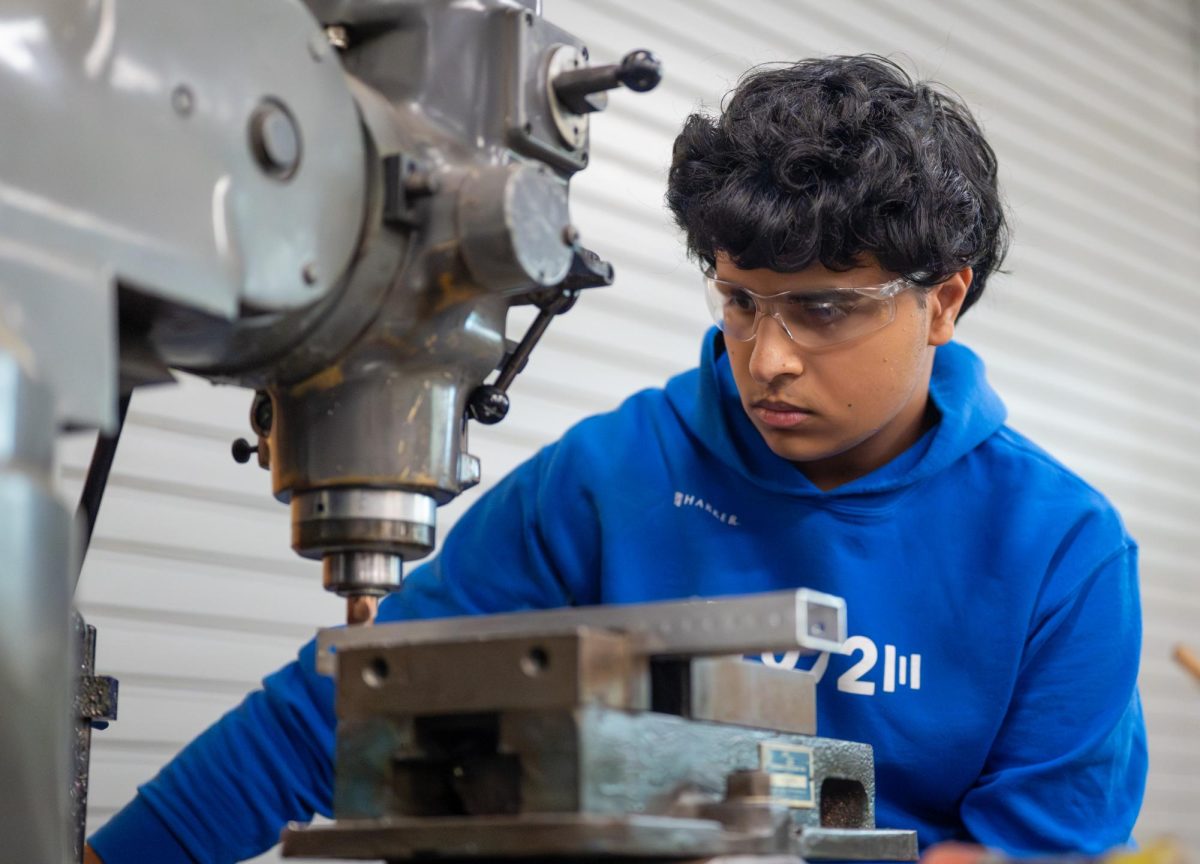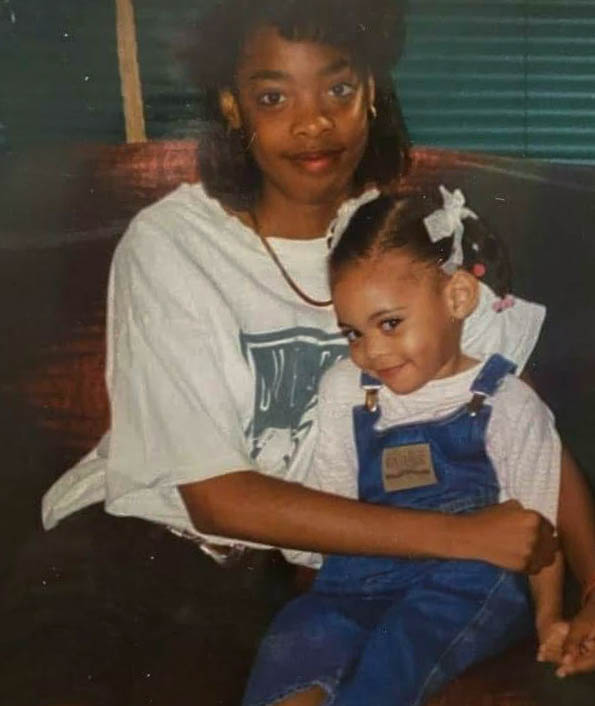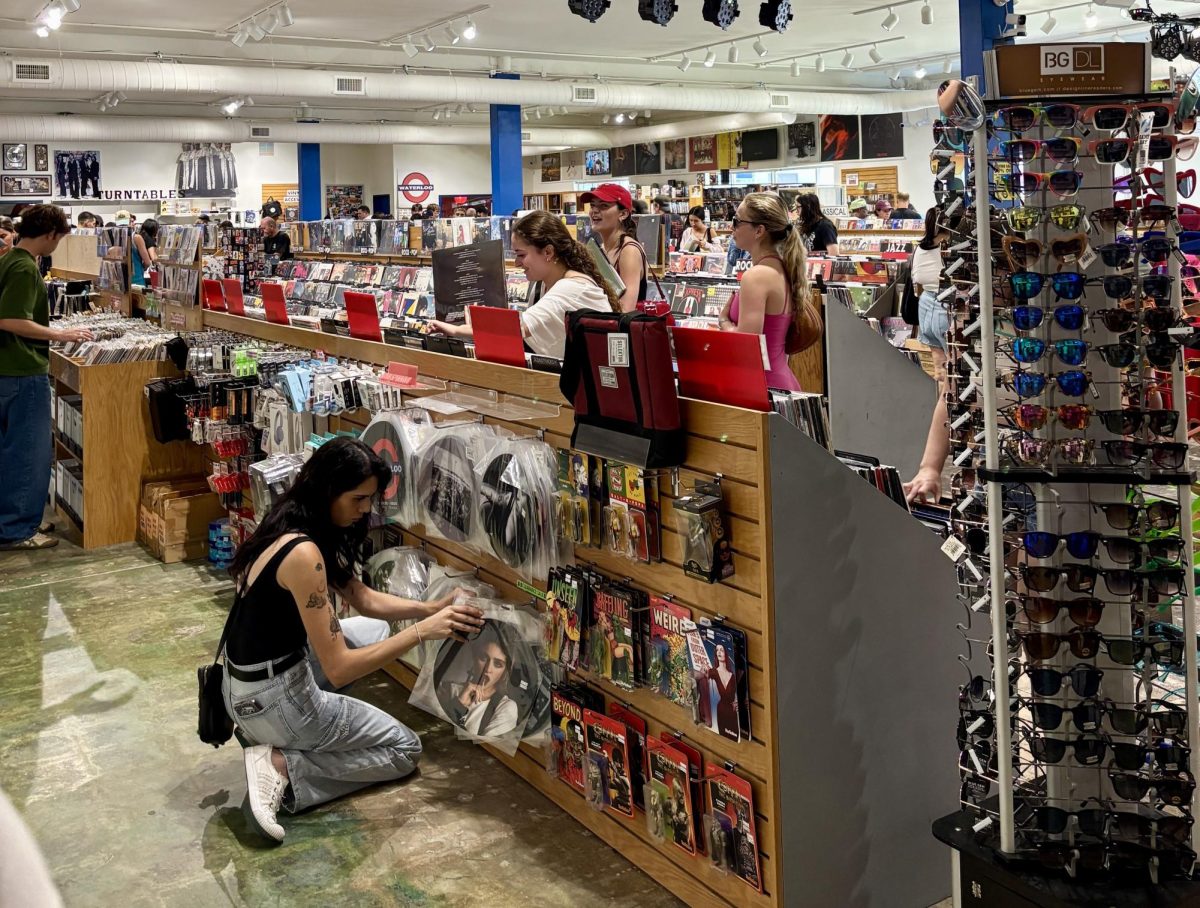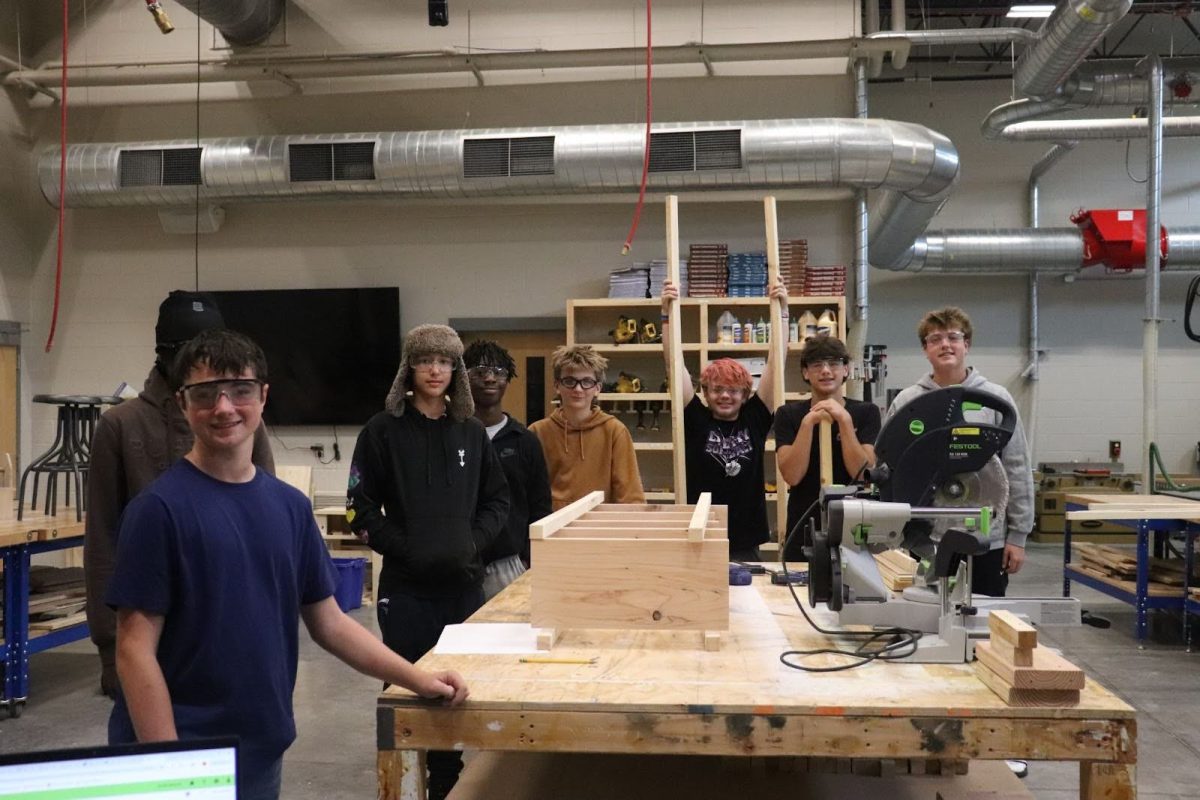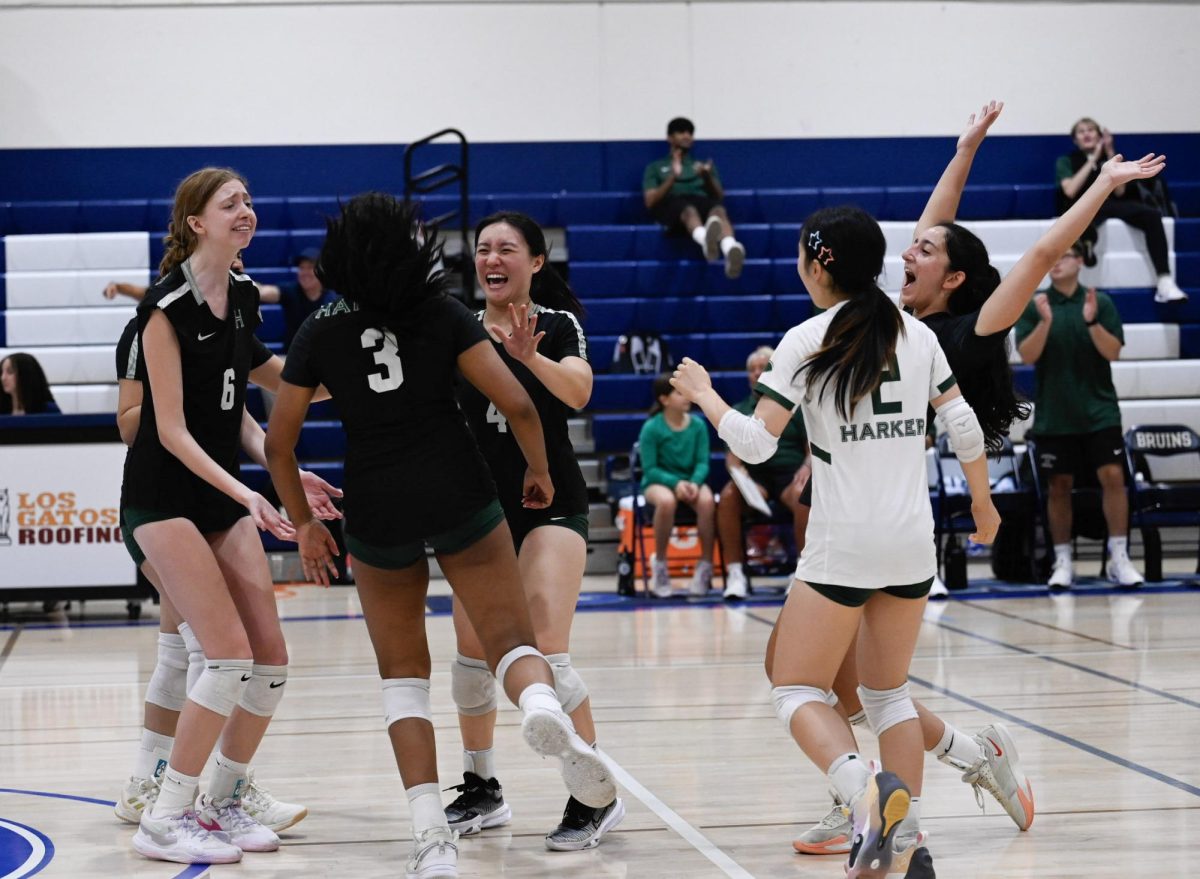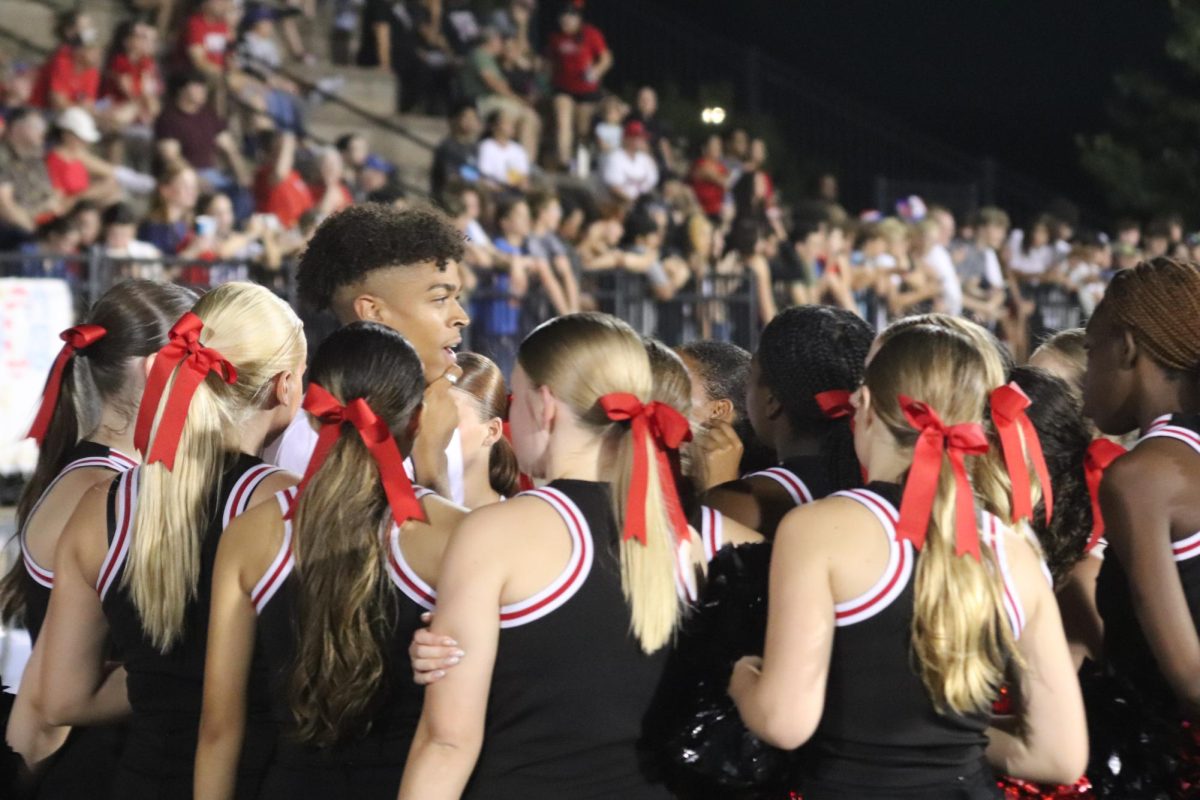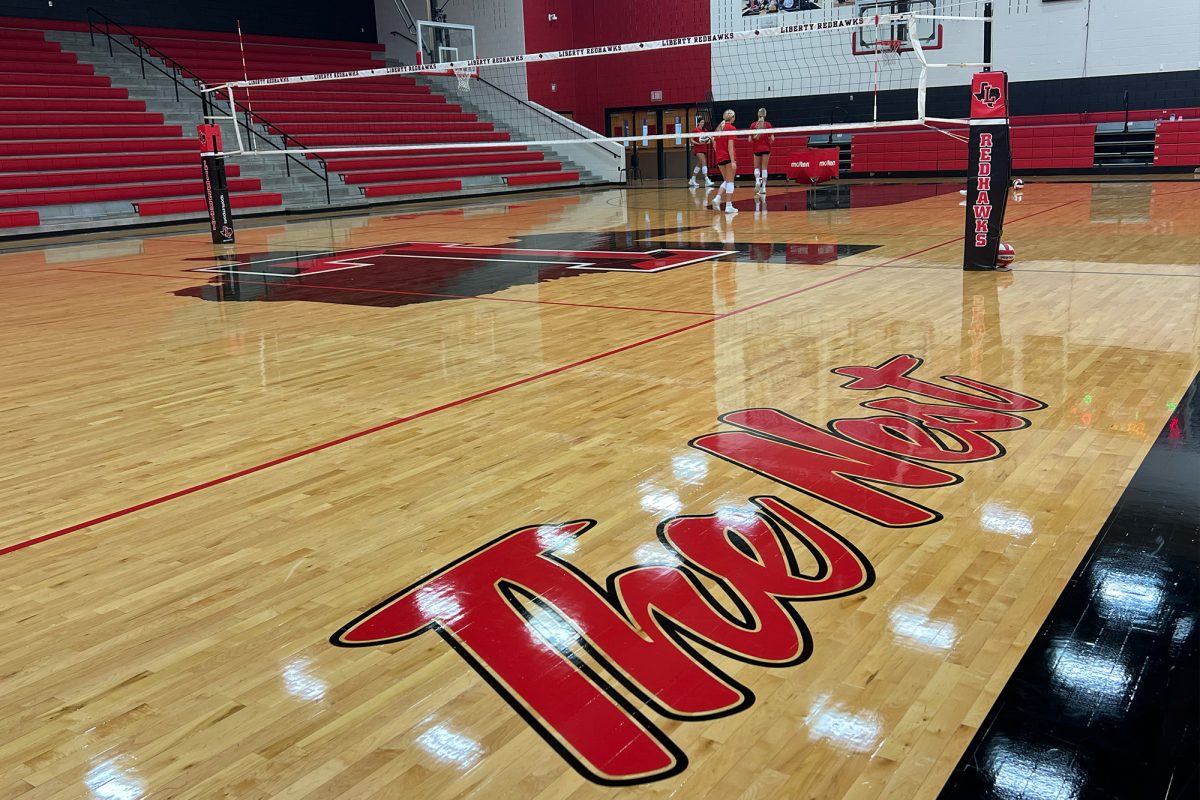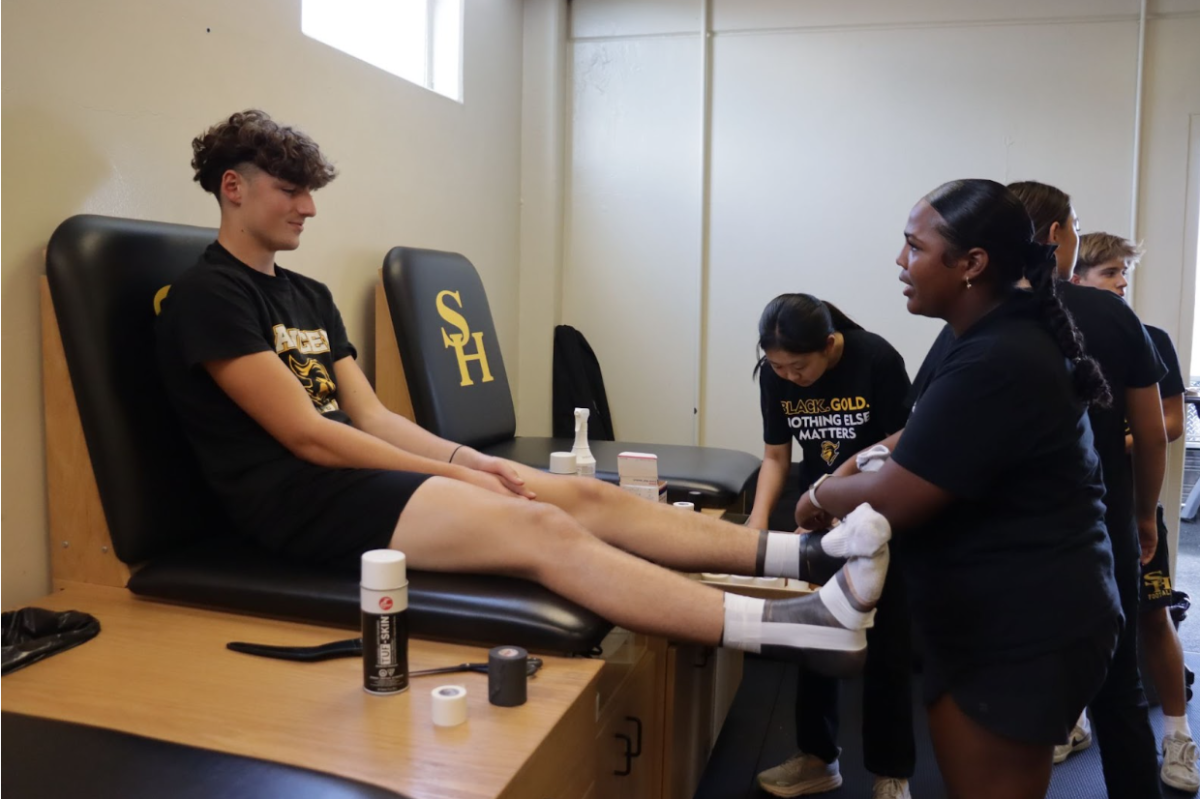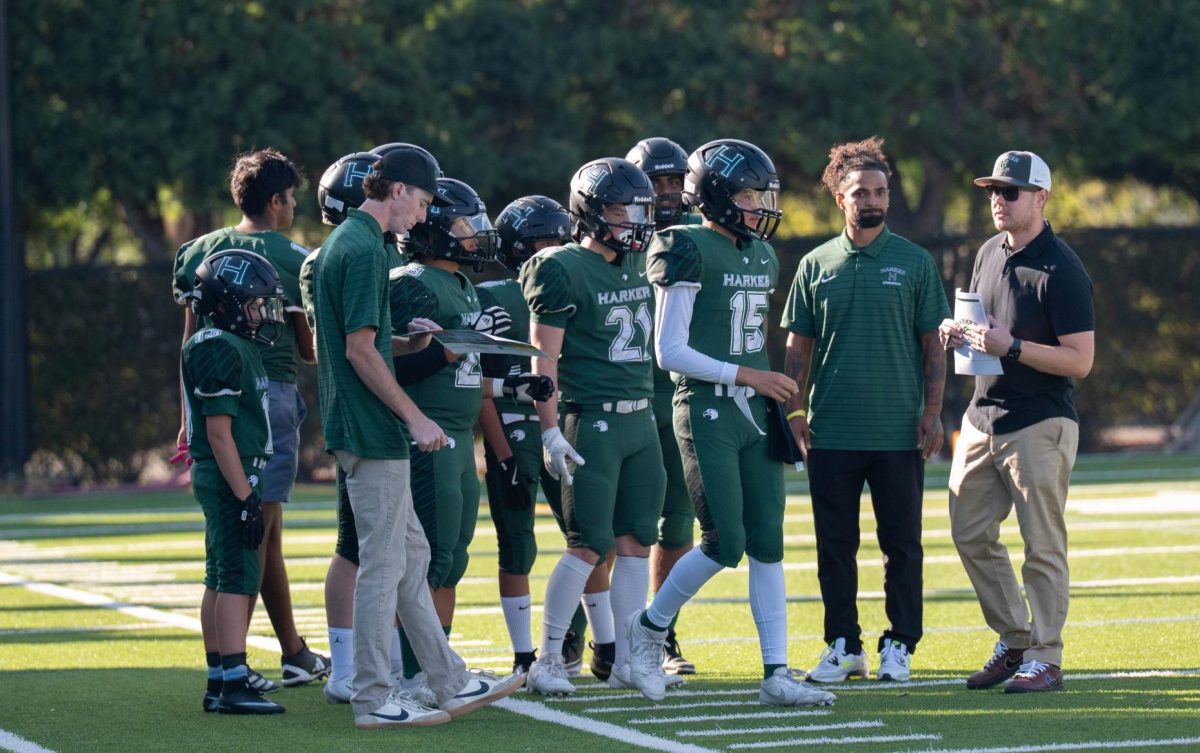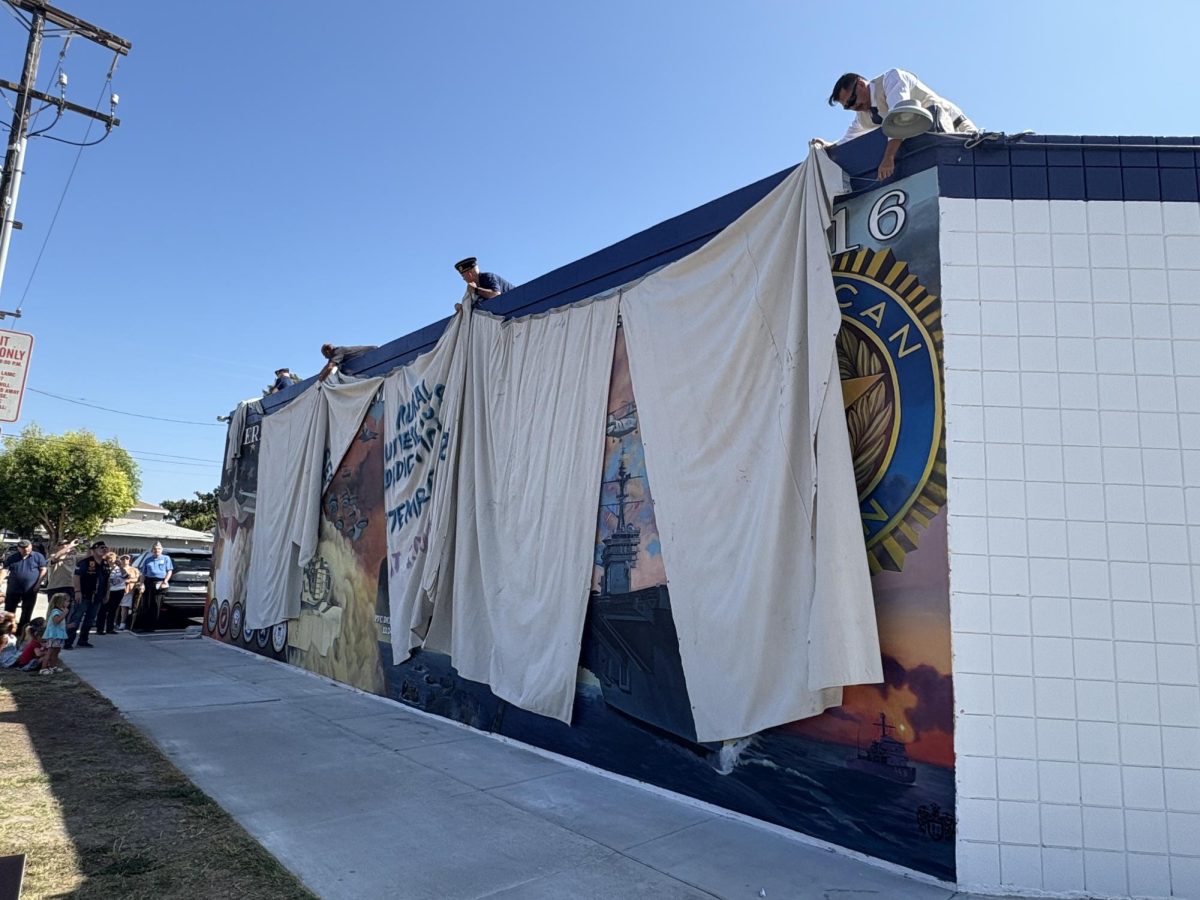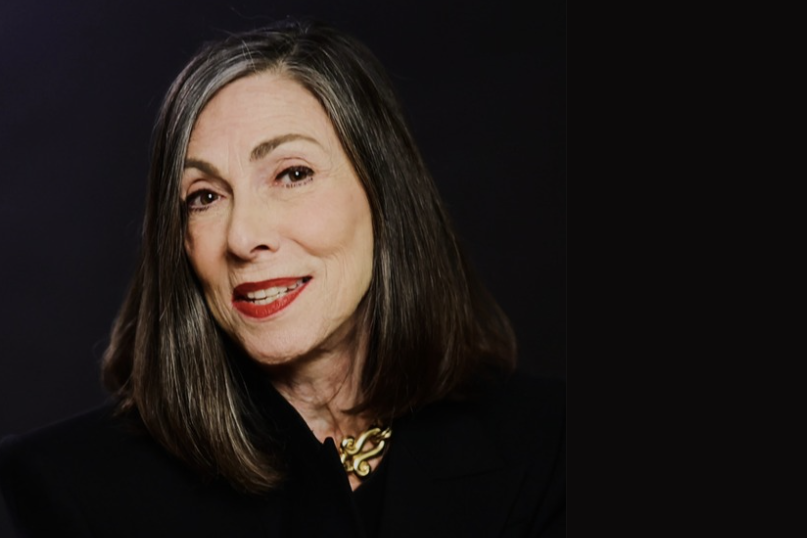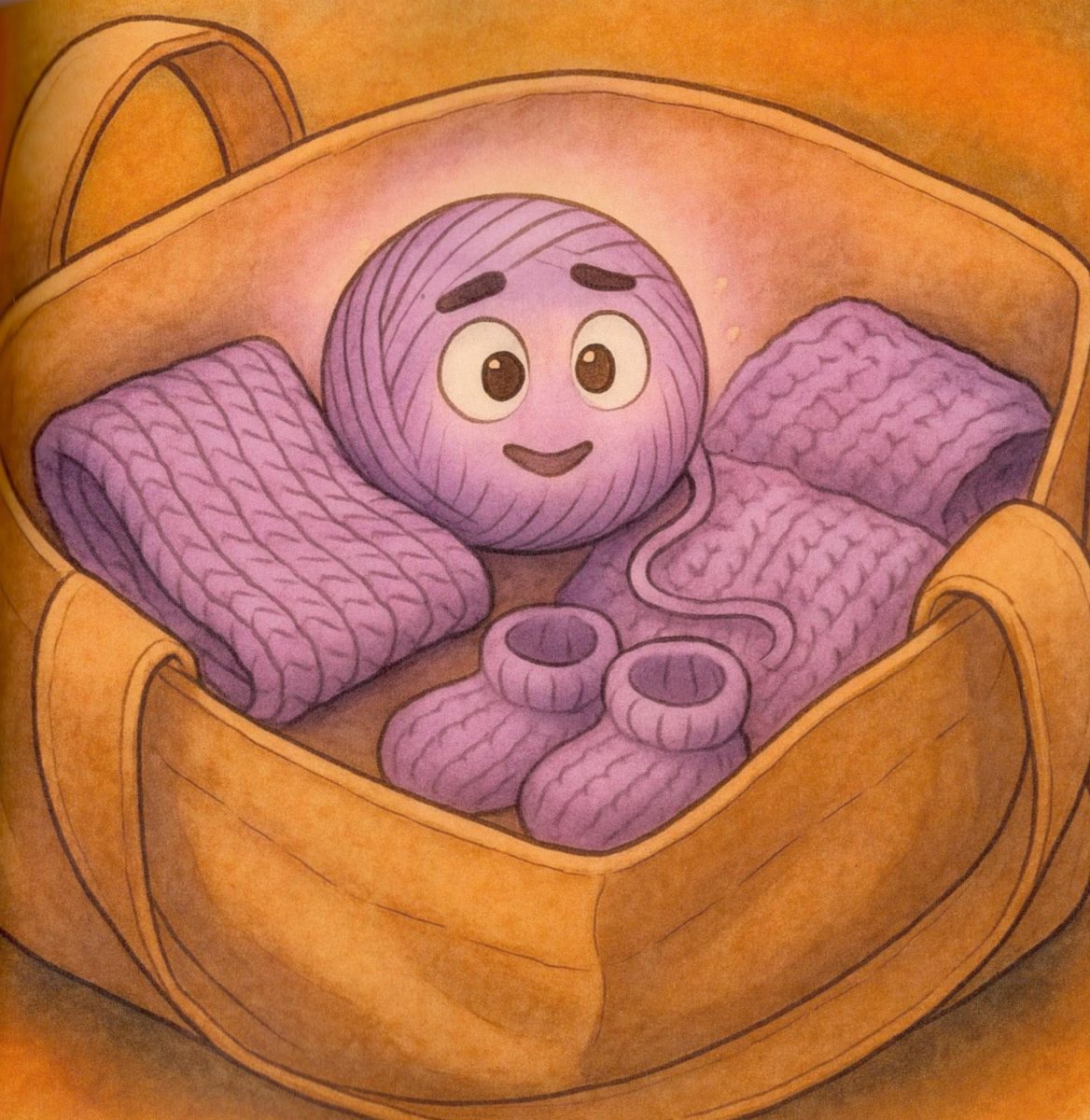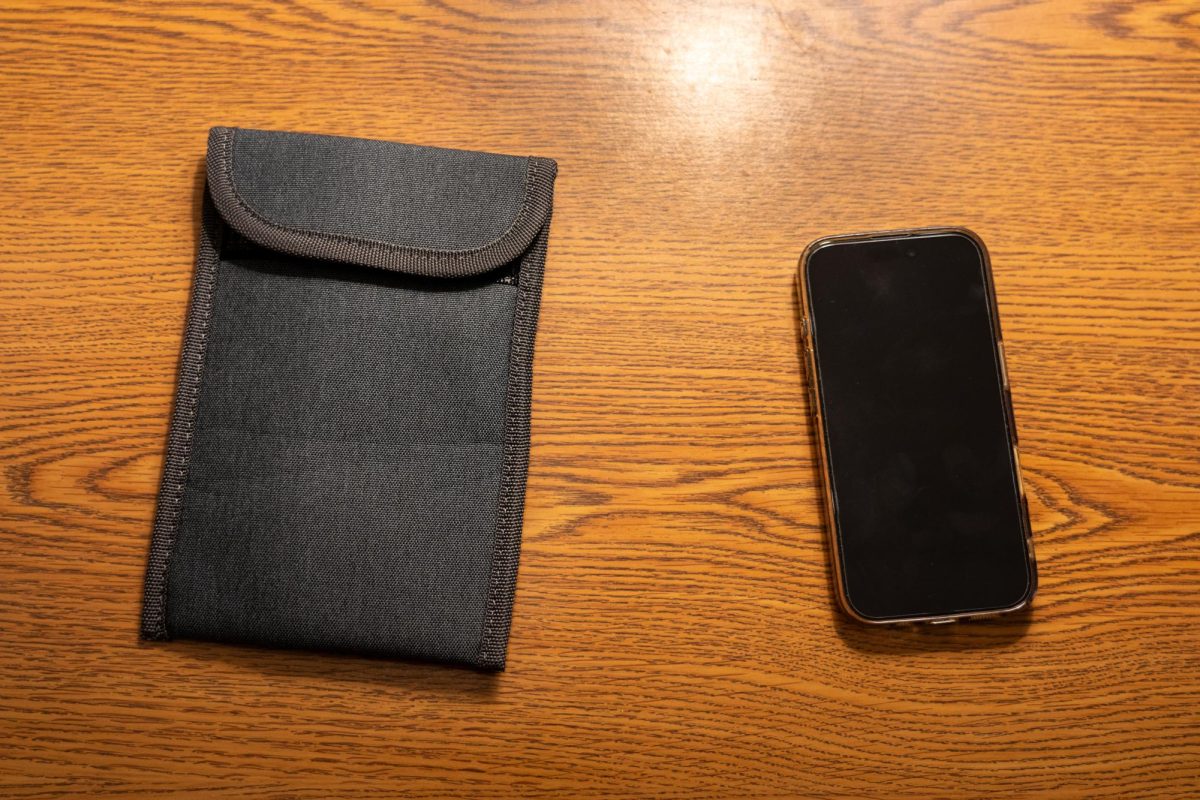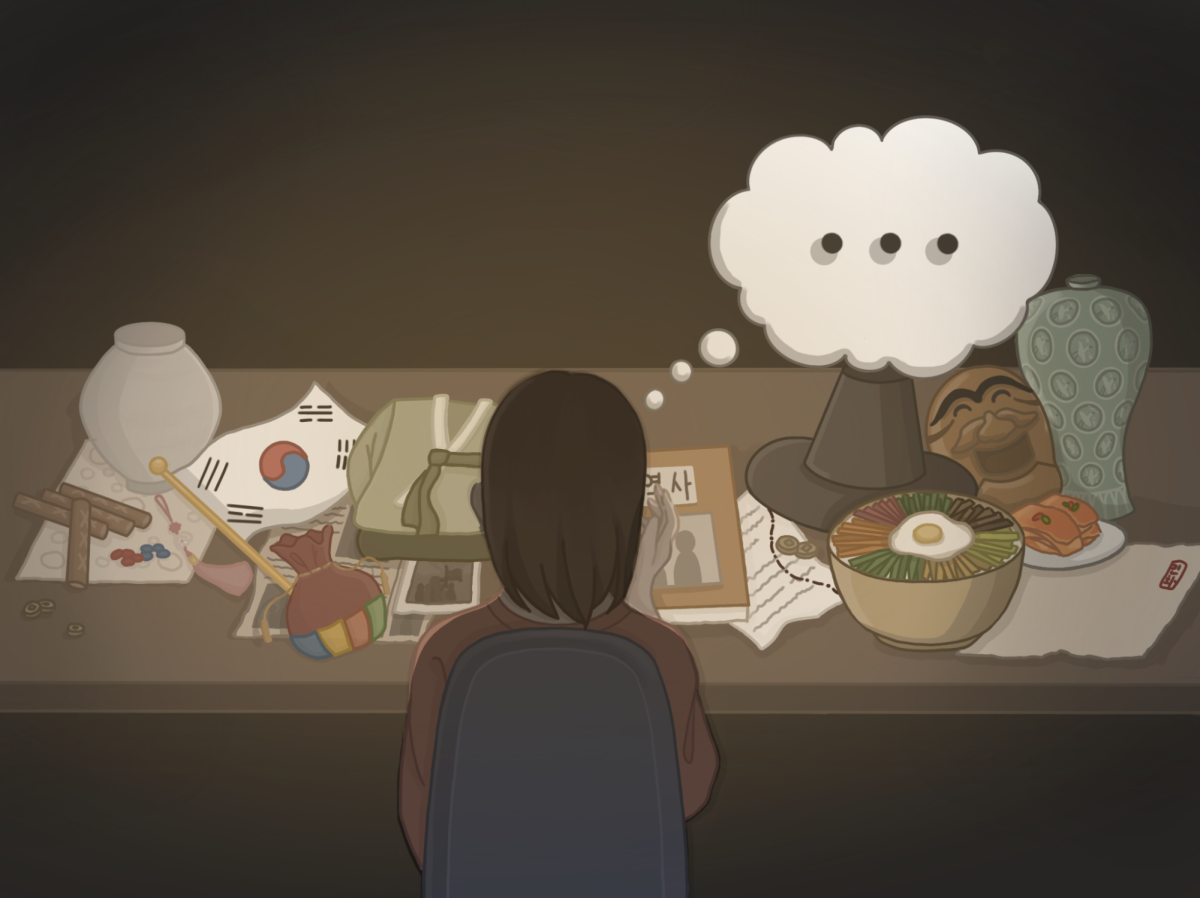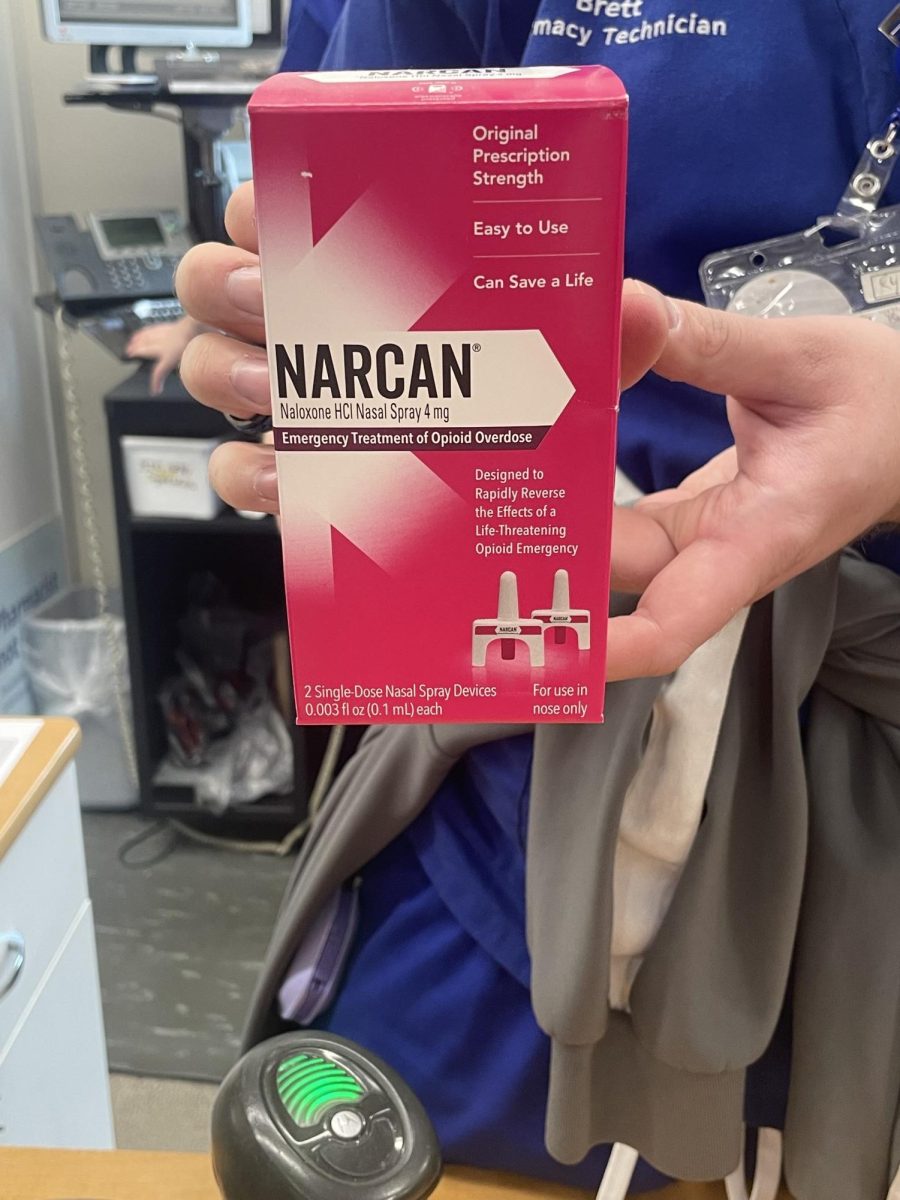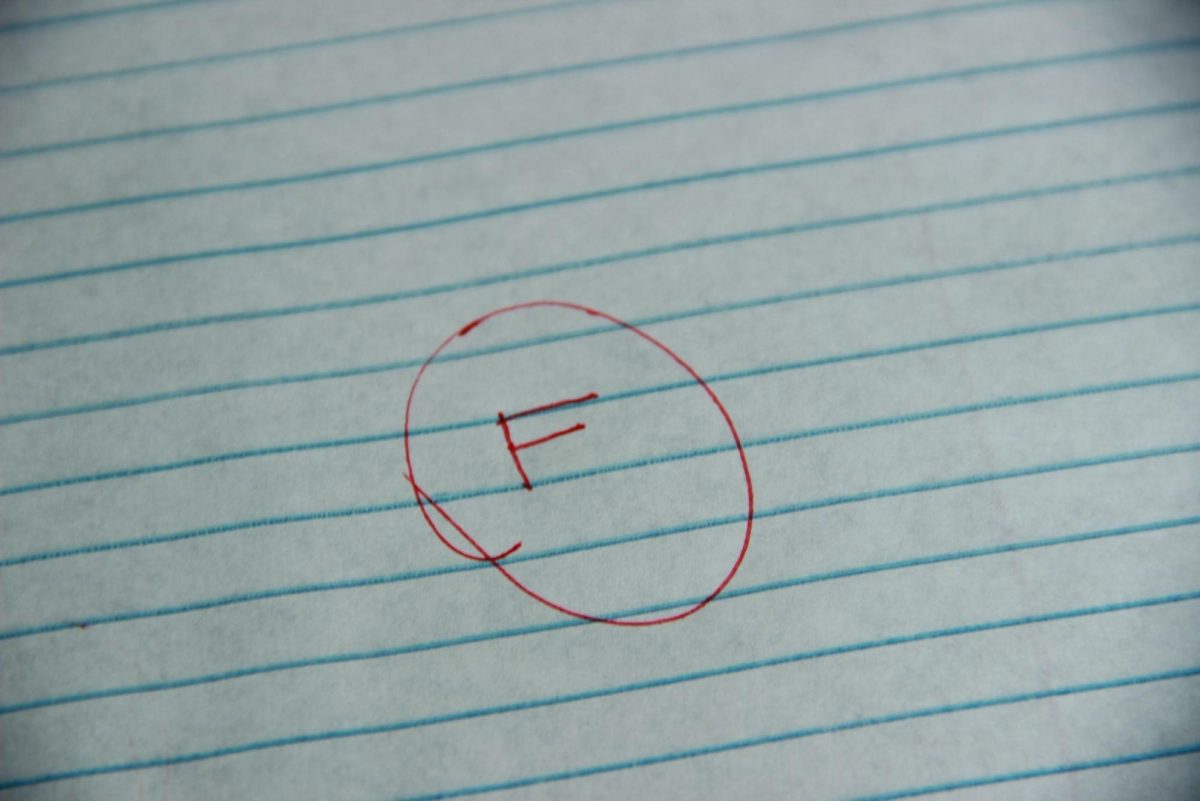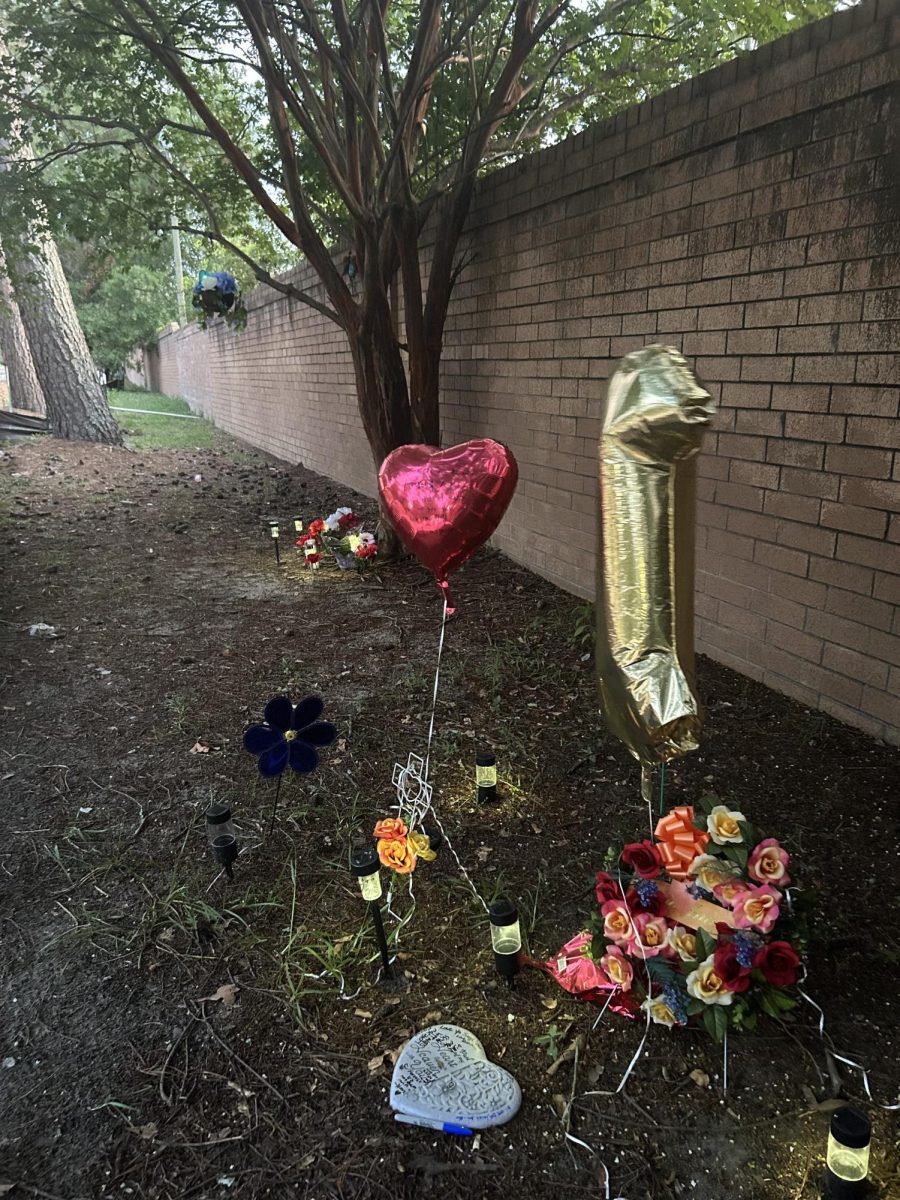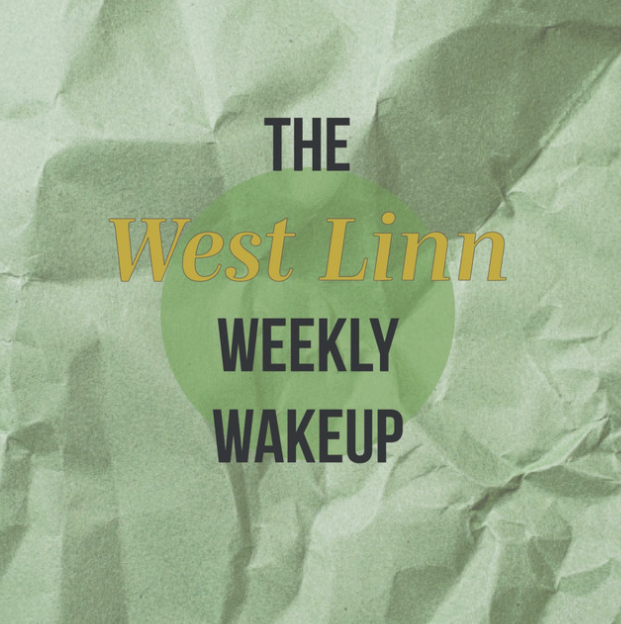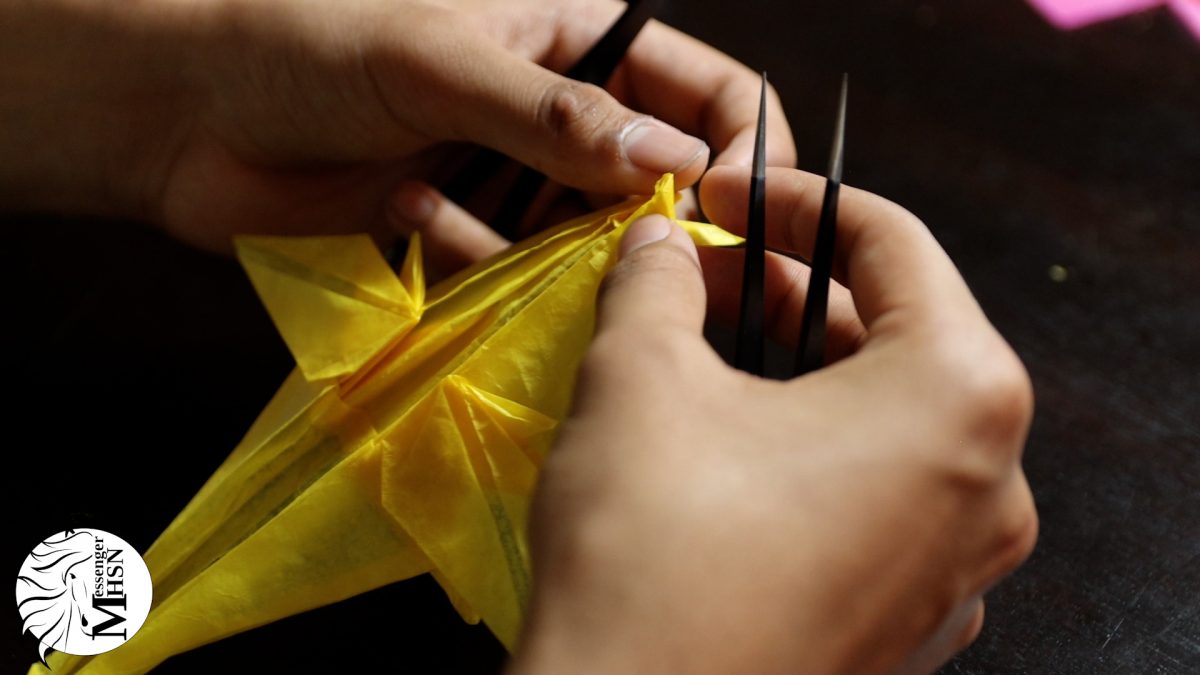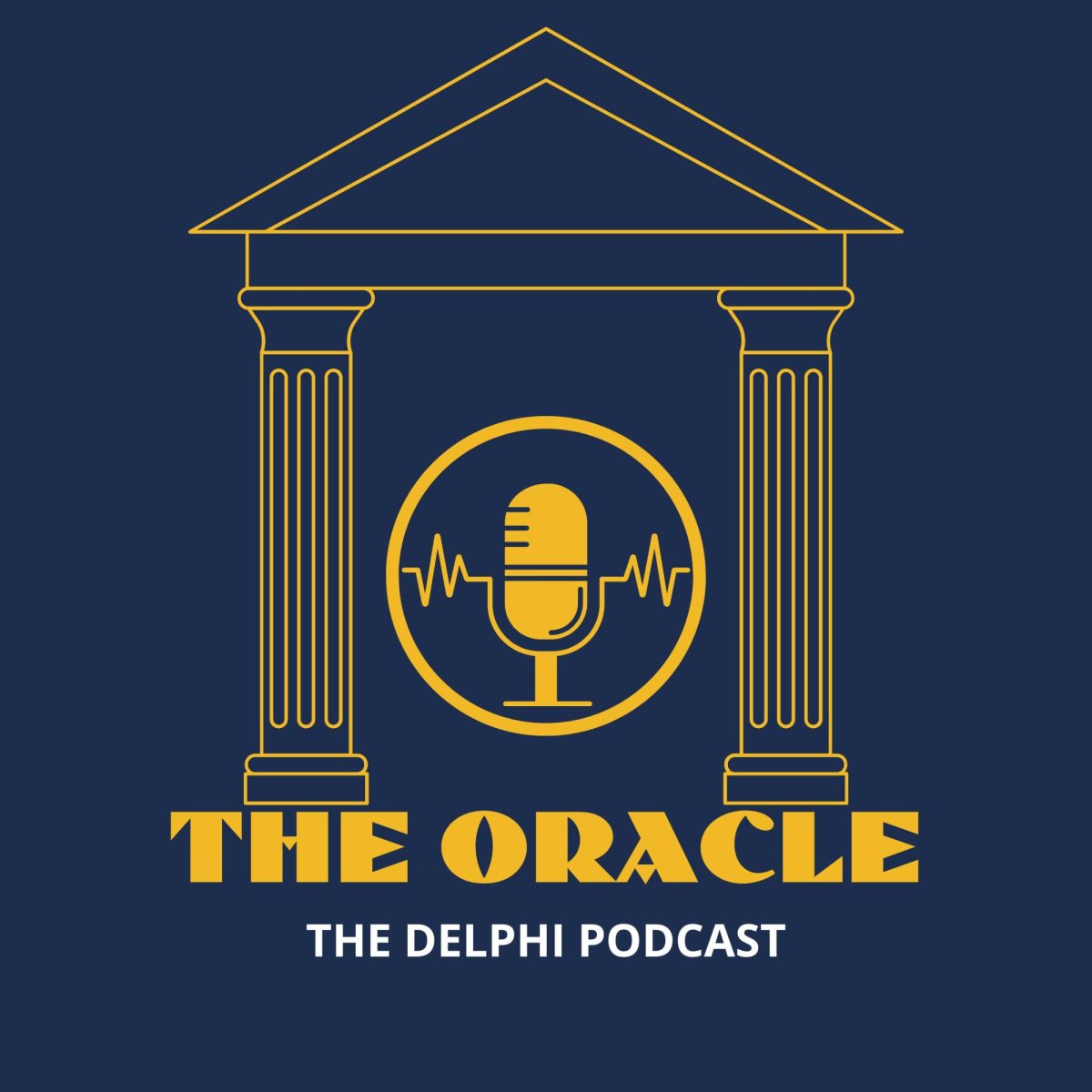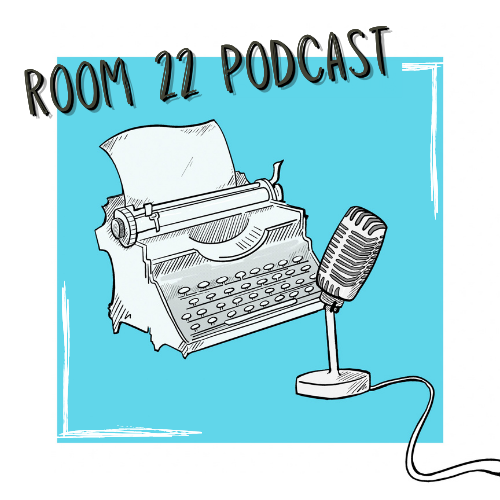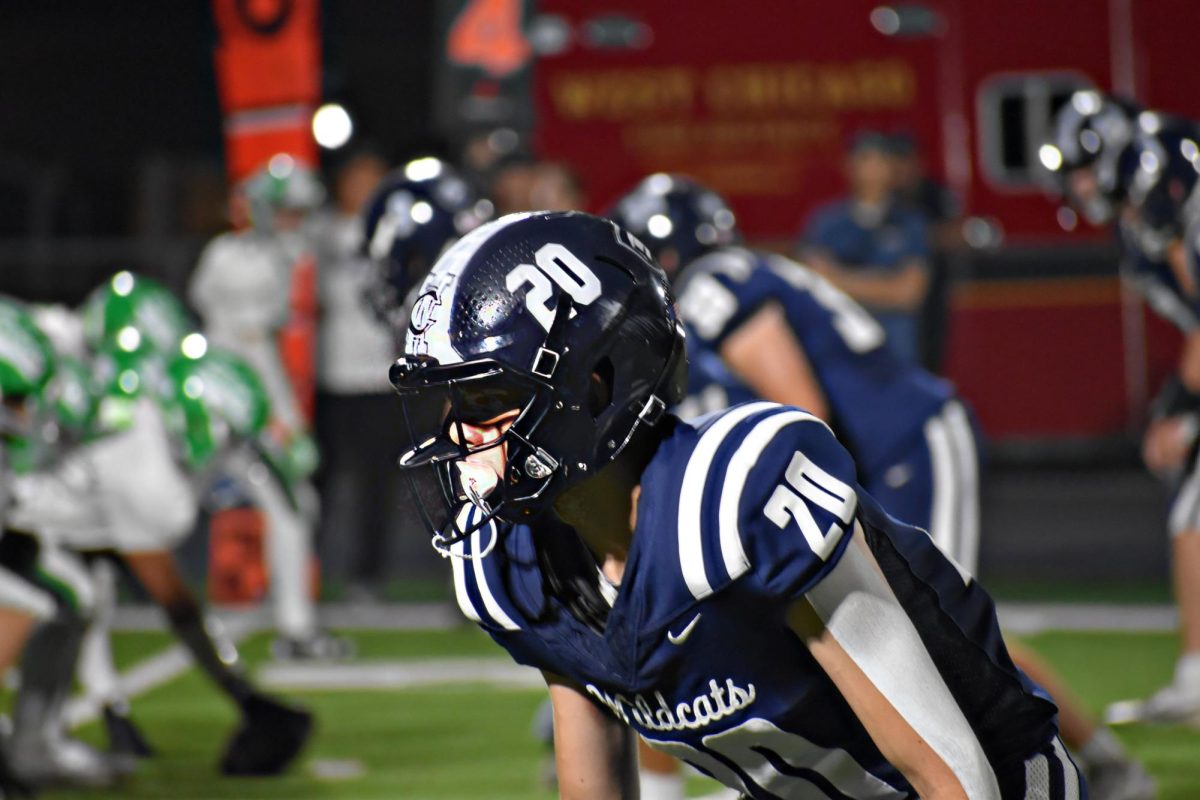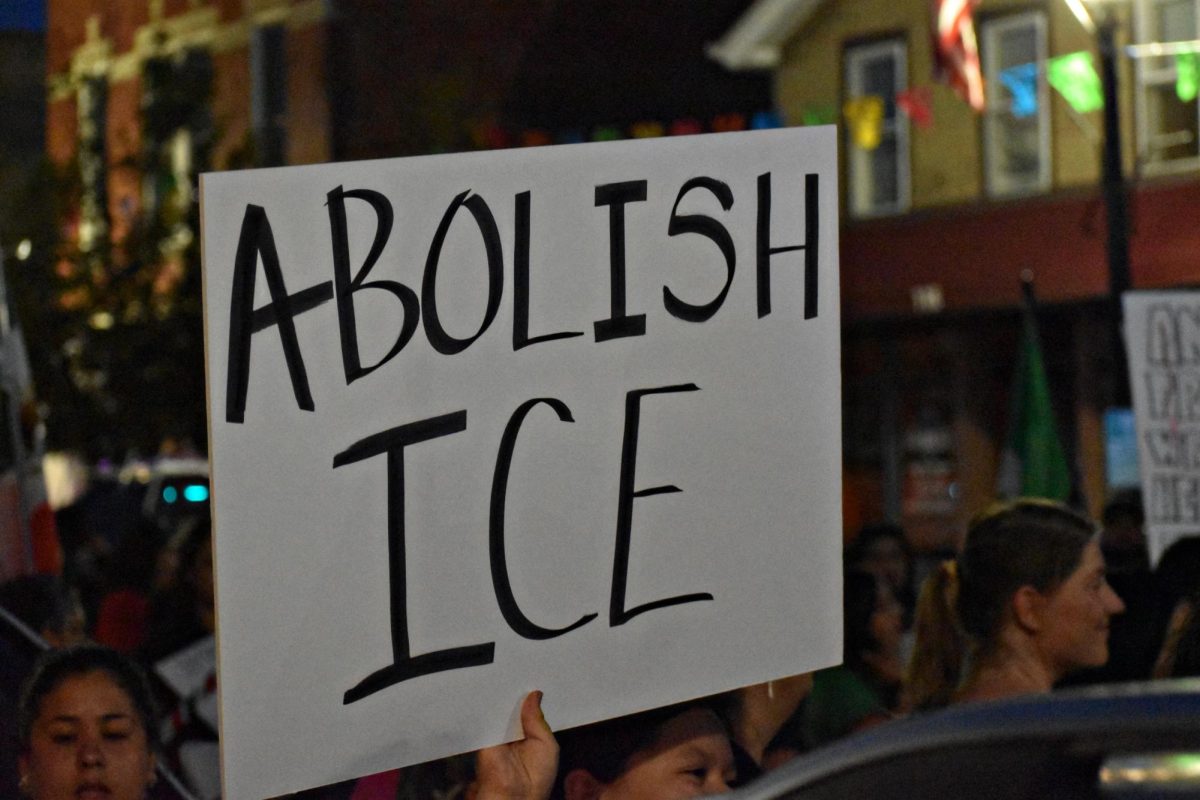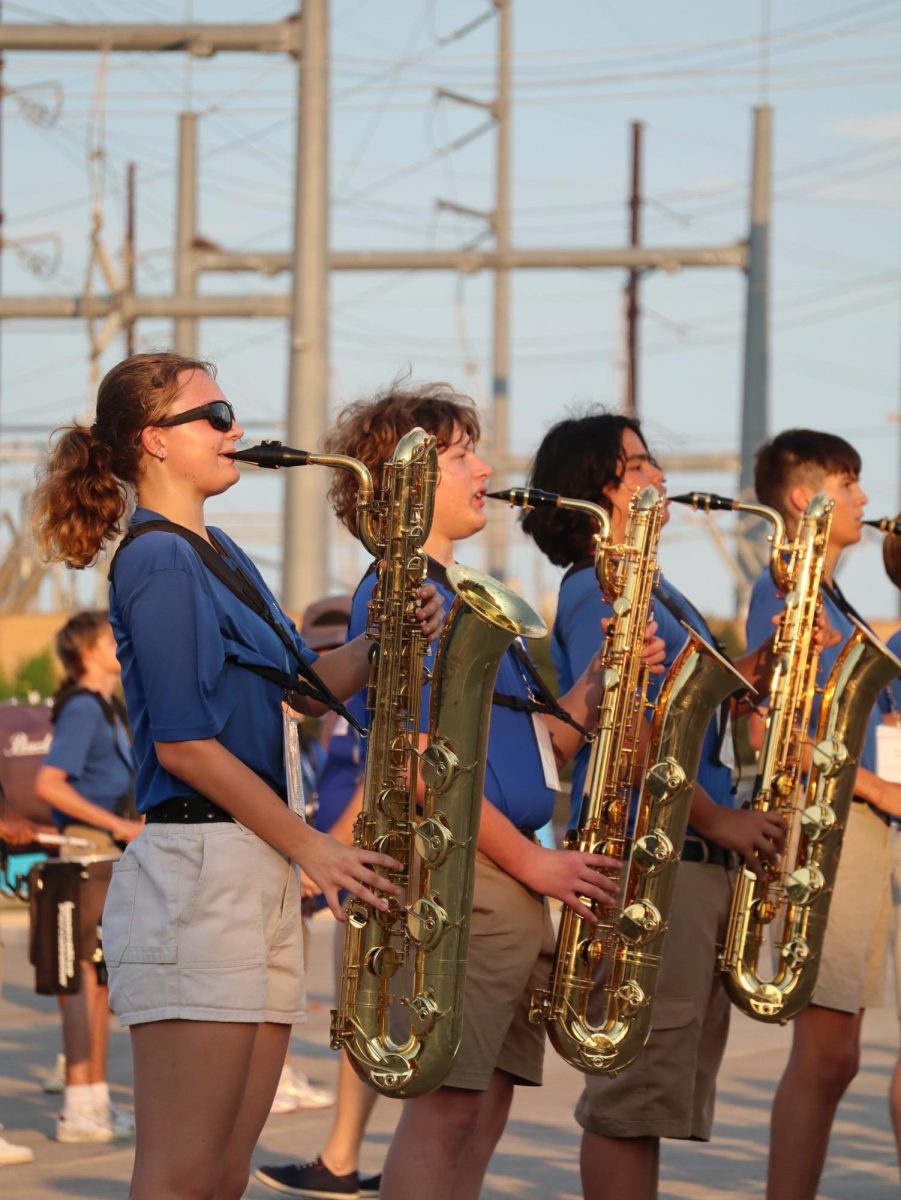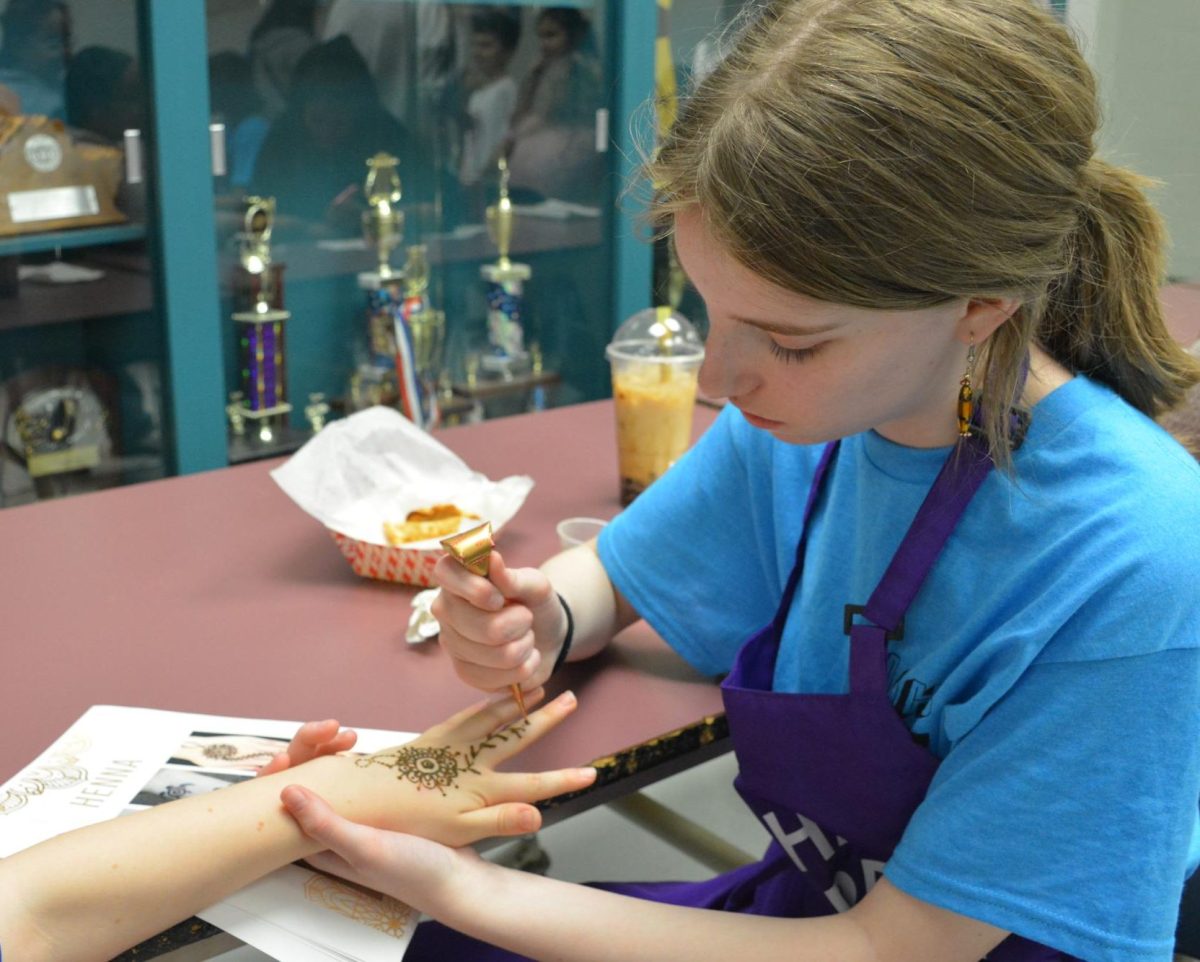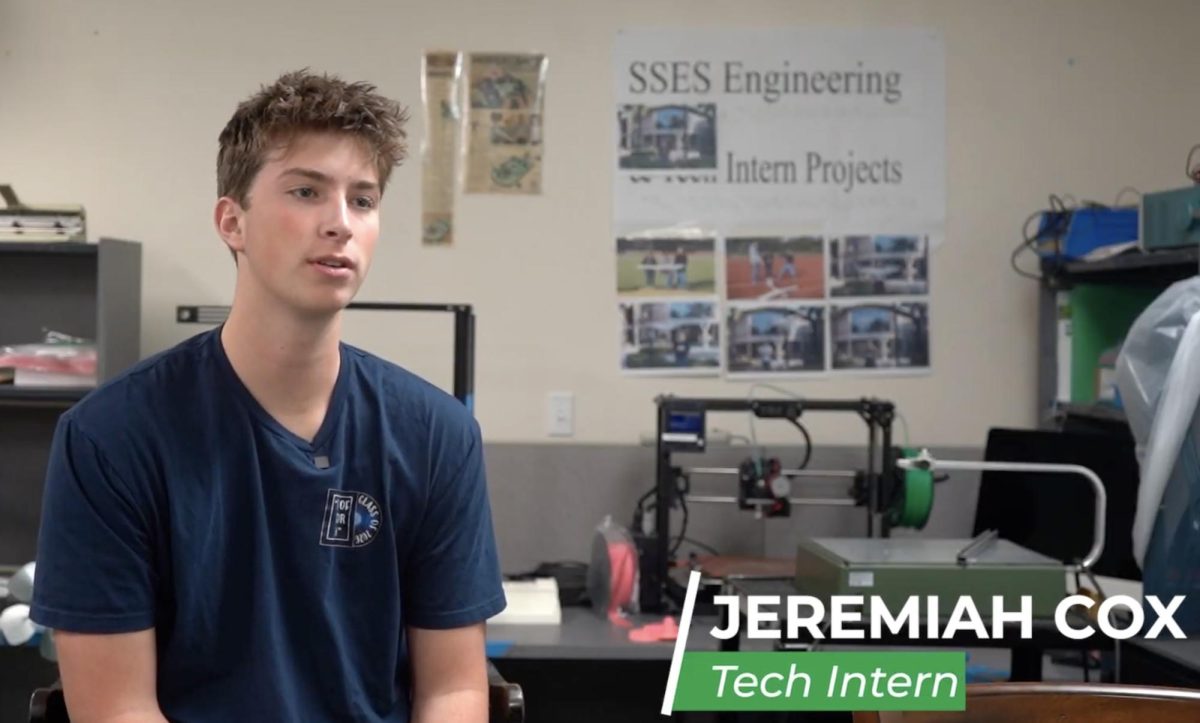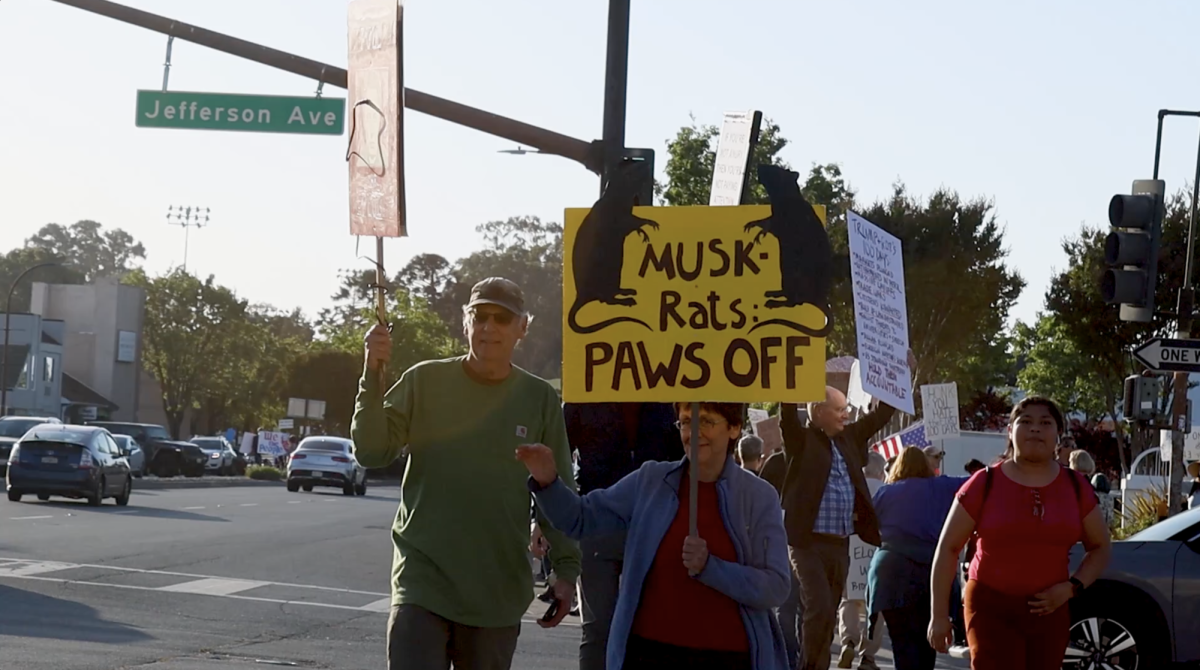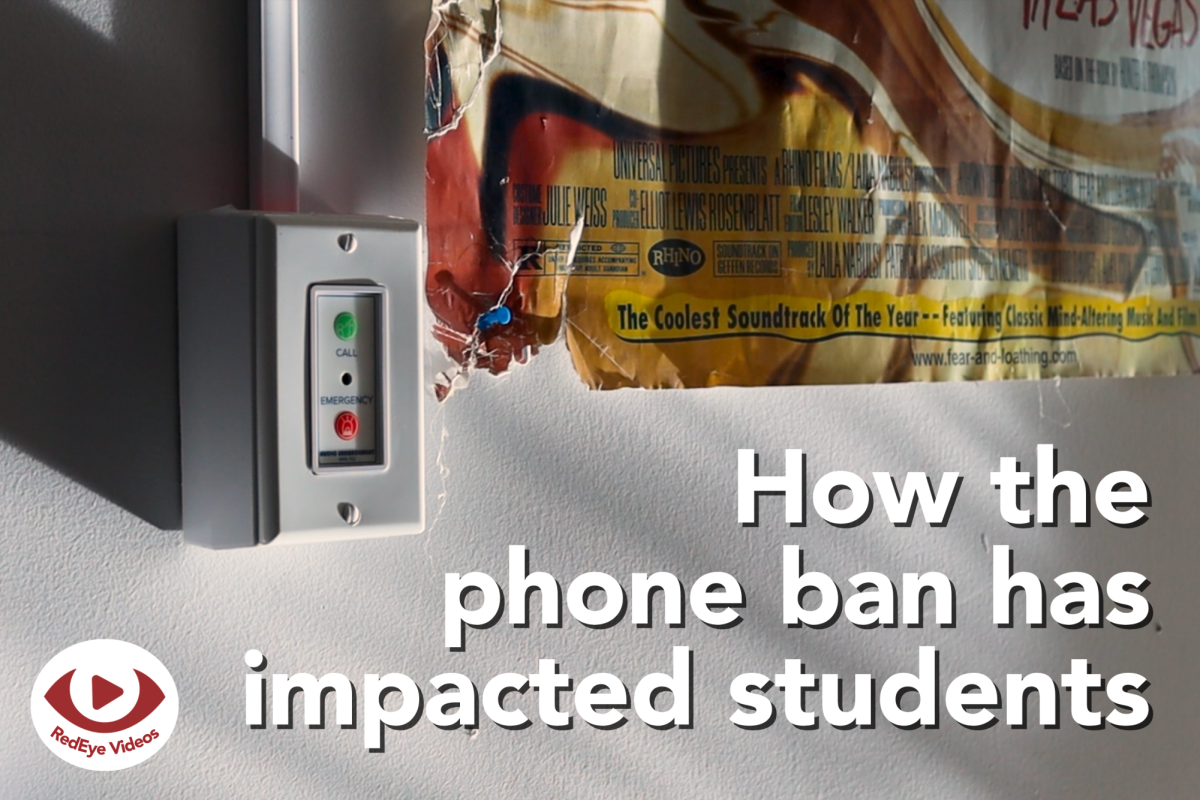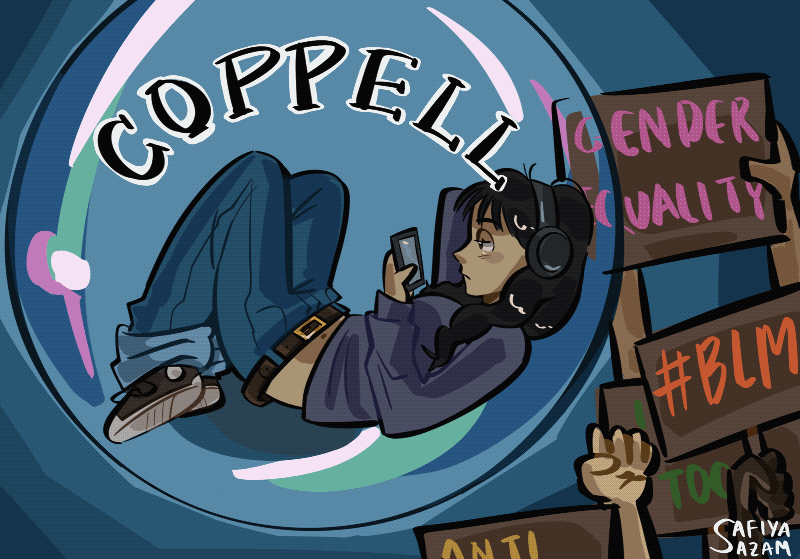Most mornings driving to school, I crave background noise filled by the news, but stories that normally spark interest leave me with dread as I listen to the most recent air strike, economic decline or crisis.
Alternatively, stepping out at Coppell High School fills me with a blanket sense of security because no matter how bad the world gets, Coppell seems to stay unscathed.
I have come to call this phenomenon the “Coppell Bubble” as residents benefit from the privilege Coppell provides, shown through Coppell’s crime rates that are more than 20 percent lower than both the state and national average.
This trend is not a recent one either.
“We even called it the Coppell Bubble when I was in high school,” said chemistry teacher Courtney Crosby, a 2007 CHS graduate. “When I went to college, I was like, I’m from the Coppell Bubble — I left.”
But, you don’t have to leave to see this bubble pop. The idea that inequality ceases to exist within Coppell leads to people actively ignoring aggressions or even being aggressors themselves.
For example, I happen to hear a slur at least once every day, passing hallways or in class, and while I do not think these students are plotting the downfall of minority groups, they have a similar effect nonetheless.
A spike in hate crimes during COVID-19 was linked to hateful, stereotypical rhetoric blaming Asian Americans for the virus. As a result, three women of Korean descent were shot and injured at a Dallas hair salon, based on hate.
Recently, these stereotypes have been mimicked in CHS with the phrase, “they’re eating the dogs, they’re eating the cats” about President Donald Trump’s statement of Haitian immigrants in Springfield, Ohio. However, this time, it is treated as a joke because Asian American hate crimes are no longer in the headlines.
This ignorance, born from the idea no issue exists in Coppell, is what leads to problems resurfacing, forcing equality movements such as feminism, Black Lives Matter and more to go from maintaining peace to fighting for it to exist in the first place.
“If we have the conversation once and it’s fixed for a while, we think, ‘oh, we’re good forever,” Crosby said. “But, as times change, the needs change and we have to constantly be editing and reflecting so that we can maintain that sense of home and community.”
Even if Coppell may seem perfect, we have to ask ourselves how our community became like this in the first place.
Through active advocacy for the entire Coppell community.
In 2000, whites made up 78.7% of the population within Coppell with the Asian, Hispanic and Black population combining for 19.4%, a far cry from where current demographics are with around half of Coppell’s population identifying as non-white and 76% of CHS’s enrollment consisting of minority groups.
Advocacy from behind the scenes helped foster diversity, such as Coppell Community Builders providing inclusive programming, Vision 2040 contributing to accessible community development and initiatives in CHS, such as the Junior World Affairs Council hosting Heritage Night to celebrate our school’s mixed student body.
The “Coppell Bubble,” despite its flaws, has provided safety to its residents, a strong culture of support and a base for the community as families move in to raise their children in a protected environment.
Still, if we want Coppell to remain inclusive, we must continue to advocate for the community we have taken for granted, especially as budget cuts and the closing of Pinkerton Elementary School have shown us Coppell is not immune to outside issues.
Even if it may sound counter-intuitive I encourage everyone to look outside of their own bubble and into the areas of Coppell that may not be perfect, because only by popping this concept of a bubble can we reap the true benefits of it.
This story was originally published on Coppell Student Media on March 31, 2025.

